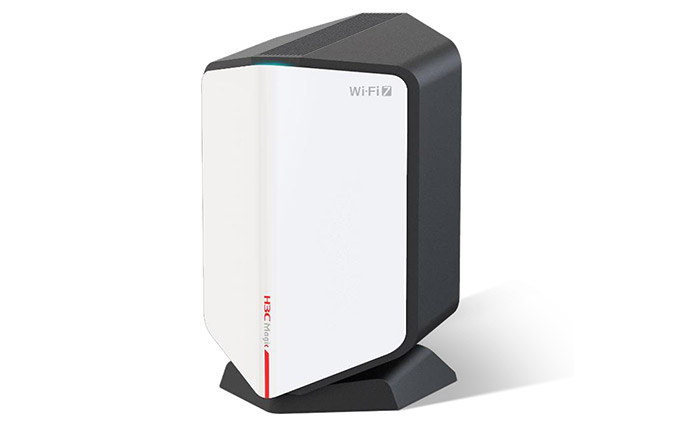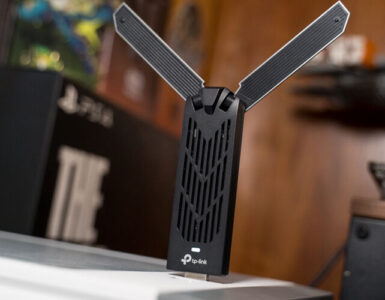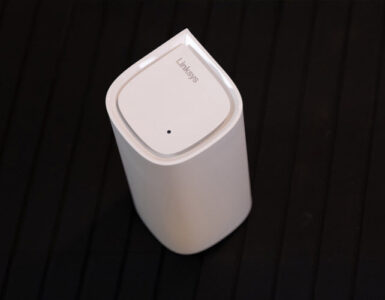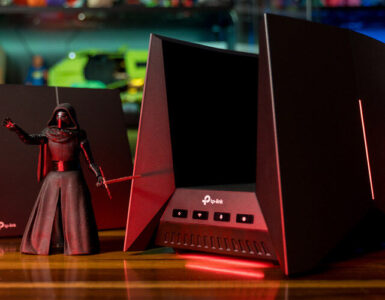Chinese company H3C has launched what it calls the “first designated Wi-Fi 7 router“, the Magic BE18000, even though the Wi-Fi Alliance hasn’t even firmed up the standards for the next-generation protocol yet.
According to its product description, the Magic BE18000 “adopts the latest Wi-Fi 7 (802.11be) wireless protocol technology, introducing 6GHz band and supporting maximum 320MHz bandwidth, providing 18443Mbps wireless speed, 2.4GHz band wireless speed is increased to 1148Mbps, 5GHz band wireless speed is 5765Mbps, 6GHz band wireless speed is up to 11530Mbps”.
In contrast, the current Wi-Fi 6E goes up to 160MHz in bandwidth with a maximum download speed of 9.6Gbps. Basically, the higher the number, the more devices it can support and the faster you can get to streaming and gaming without being throttled by having too many users at once.
The Magic BE18000 also uses the new Multi-Link Operation (MLO) tech which is arguably the most exciting part of the Wi-Fi 7. MLO allows for the single connection between device and router to utilise more than one band (2.4Ghz, 5GHz, 6GHz) and channel. Its greatest effect is on efficient performance, allowing the router to switch to the best channel depending on congestion to give you a stable, low latency connection.
But don’t get too excited just yet. Even if the router meets the still-to-be-certified Wi-Fi 7 standards, you won’t actually get the benefits without other devices also running Wi-Fi 7 standards. It’s a nice publicity move though.
Wi-Fi 7 devices are expected to be out in greater numbers in 2023. Semiconductor makers Qualcomm, Broadcom, and Mediatek have each announced their own Wi-Fi 7 technologies earlier this year. Companies are starting to integrate that tech into next-gen devices, and the Wi-Fi Alliance is expected to set up the new standard for Wi-Fi 7 in the coming months.
Still, even when Wi-Fi 7 arrives, you can bet that Wi-Fi 6 will be here for a long while more. After all, many people are still using Wi-Fi 5 in 2022.














